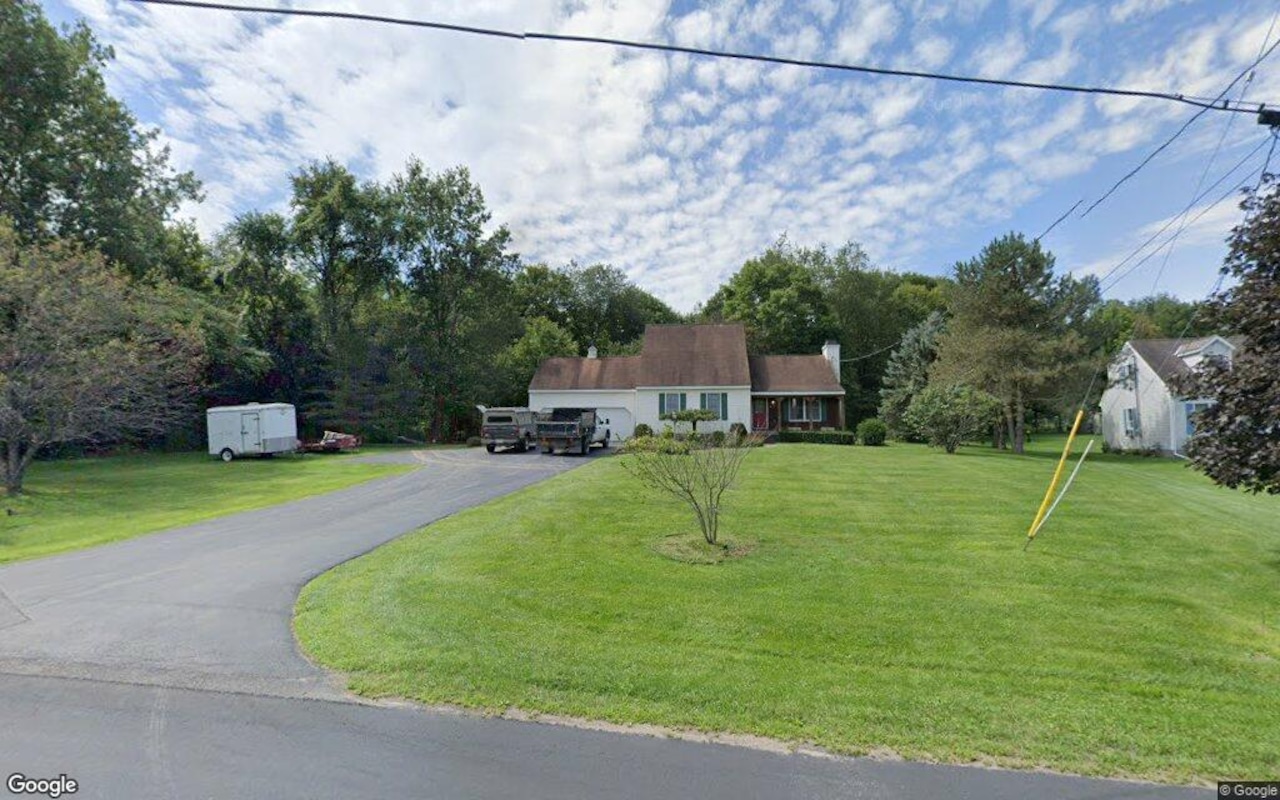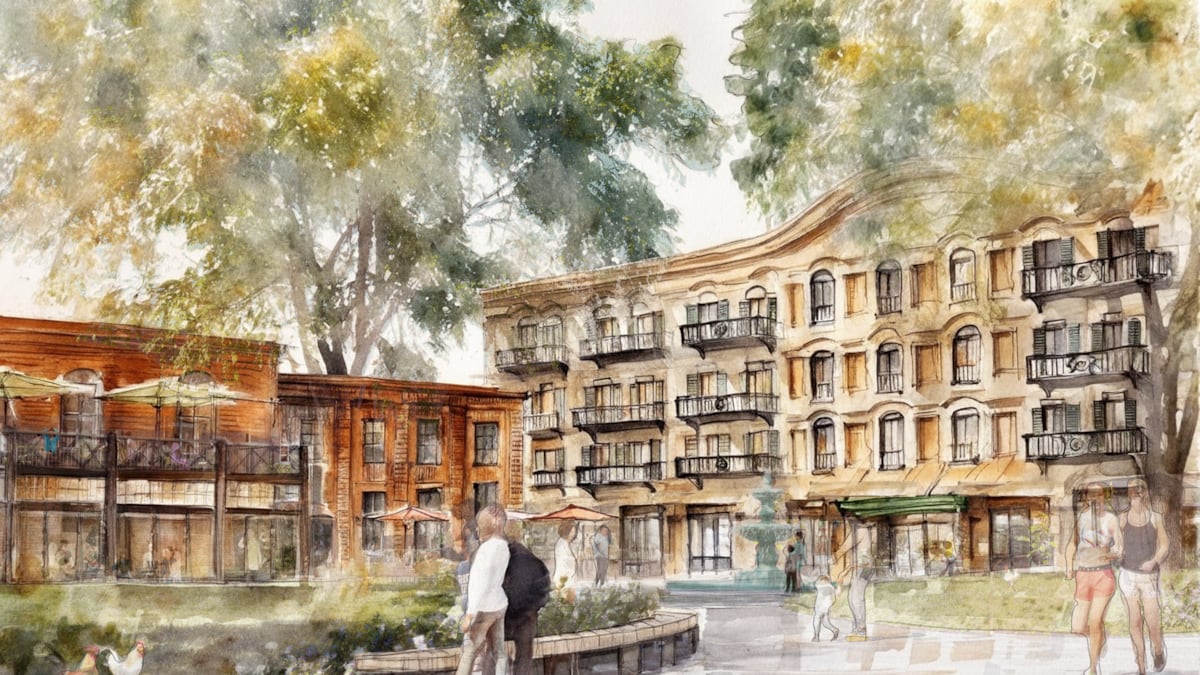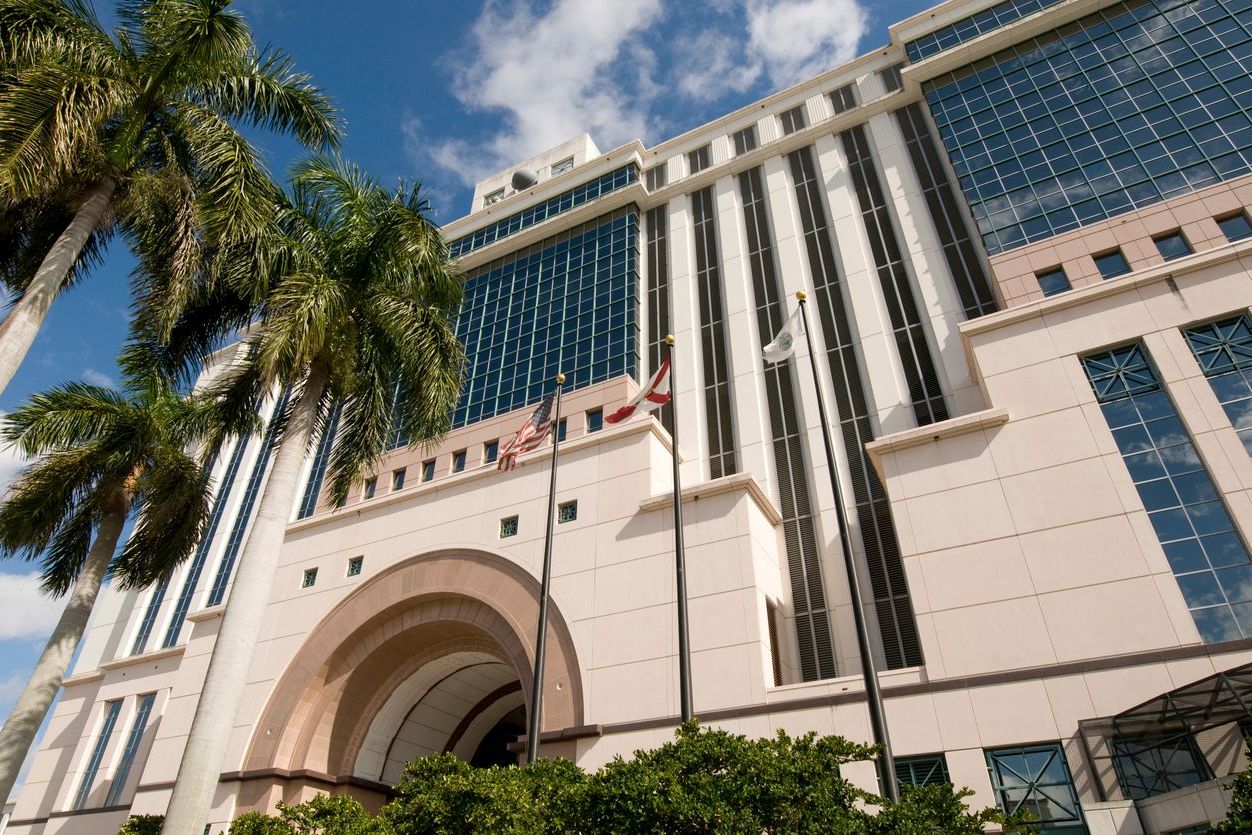T
he COVID-19 pandemic has driven up rental prices across the US, with two states seeing median rents surpass $2,000 a month. Hawaii and California top the list at $2,132 and $2,101 respectively, followed by Washington ($1,785), New Jersey ($1,758), and Florida ($1,752).
Rentec Direct's analysis of rent data over five years reveals that prices have increased an average of 31% since 2019. Arizona saw the largest jump, with a staggering 84% increase in median rent, resulting in a $532 annual hike to $1,641.
New Mexico, Tennessee, Georgia, and Maryland also experienced significant increases, ranging from 61% to 67%. These states have seen population growth driven by factors like retirement migration and strong job markets. This influx has put pressure on the housing supply, intensifying competition and pushing up rental prices.
While other states like South Carolina, Alaska, Idaho, Montana, and Wyoming may not have high median rents, they saw significant percentage increases of between 53% and 56%. Landlords in these areas can price purely on demand due to limited rent control laws.
Kaycee Miller, real estate investor and co-owner of Rentec Direct, notes that states with rapid population growth, limited housing supply, and no rent-control laws are seeing the steepest rent increases. Without rent control, landlords adjust prices to keep pace with market value and remain competitive.
Some bright spots in the rental market include New York, where median rent increased by only $160 from 2019 to 2024, and Louisiana, which saw a decrease in median rent prices after peaking in 2023. Minnesota experienced an impressive 34% decrease in rent over five years due to efforts to reduce single-family housing.
Rentec's report highlights the most affordable rents in West Virginia ($693), Louisiana ($825), Minnesota ($840), Nebraska ($850), and South Dakota ($901). Experts predict that inflation and high interest rates may slow rent price growth, but supply chain disruptions could affect new construction costs.















